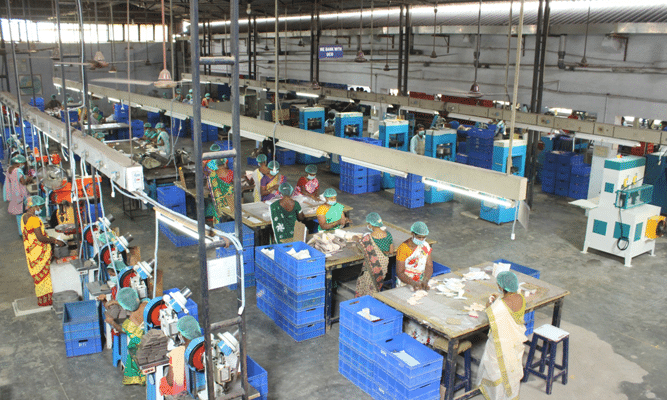Water is an essential resource, and the quality of water we consume directly affects our health and well-being. Water tanks play a crucial role in storing water for various purposes, including drinking, cooking, and sanitation. To maintain the quality of the water stored, regular cleaning of water tanks is imperative. In this comprehensive guide, we will delve into the world of water tank cleaning services, exploring their significance, the cleaning process, associated costs, and more.
Water Tank Cleaning Services: The Key to Safe Water
Clean water is a necessity, and a contaminated water supply can lead to various health issues. Water tanks, over time, can accumulate sediment, bacteria, algae, and other impurities that compromise water quality. Water tank cleaning services are designed to address these concerns and ensure that the water stored remains safe and potable.
Why Regular Cleaning Matters
Regular water tank cleaning is essential for several reasons:
- Preventing Contaminants: Over time, dirt, debris, and organic matter can accumulate in water tanks, providing a breeding ground for harmful bacteria and pathogens. Regular cleaning helps eliminate these contaminants.
- Maintaining Water Quality: Clean water is not only vital for consumption but also for daily activities like bathing and cleaning. Regular cleaning maintains the quality of the stored water.
- Extending Tank Life: Sediment buildup can lead to corrosion and deterioration of the tank structure. Cleaning removes these sediments, extending the life of the water tank.
The Water Tank Cleaning Process
Professional water tank cleaning involves a systematic process to ensure thorough cleaning and disinfection:
- Draining the Tank: The first step is to drain the tank completely, removing all water and sediment.
- Manual Cleaning: After draining, the interior of the tank is manually scrubbed to remove dirt, algae, and sediment buildup.
- High-Pressure Cleaning: High-pressure jets of water are used to clean the tank walls and corners, dislodging stubborn residue.
- Disinfection: Once clean, the tank is disinfected using safe and approved disinfectants to eliminate any remaining bacteria and pathogens.
- Rinsing: The tank is thoroughly rinsed to remove any traces of cleaning agents.
- Drying and Refilling: After cleaning and disinfection, the tank is left to dry completely before refilling it with clean water.
Factors Influencing the Cost of Water Tank Cleaning Services
The cost of water tank cleaning services can vary based on several factors:
- Tank Size: Larger tanks require more time and resources for cleaning, impacting the overall cost.
- Extent of Contamination: Heavily contaminated tanks might require more intensive cleaning and multiple rounds of disinfection, affecting the cost.
- Access Difficulty: Tanks located in hard-to-reach areas might require additional equipment and effort, contributing to the cost.
Conclusion
Water tank cleaning services are an essential aspect of ensuring clean and safe water for various purposes. Regular cleaning not only maintains water quality but also extends the life of the tank itself. By understanding the process, benefits, and factors influencing the cost, you can make informed decisions about maintaining the water quality in your tanks. Remember, clean water is a fundamental right, and investing in professional cleaning services contributes to a healthier and safer environment.



